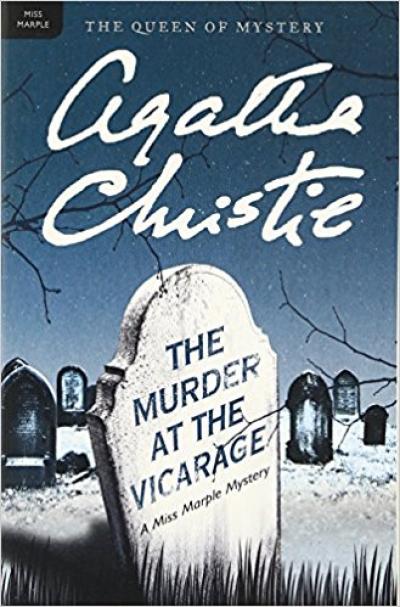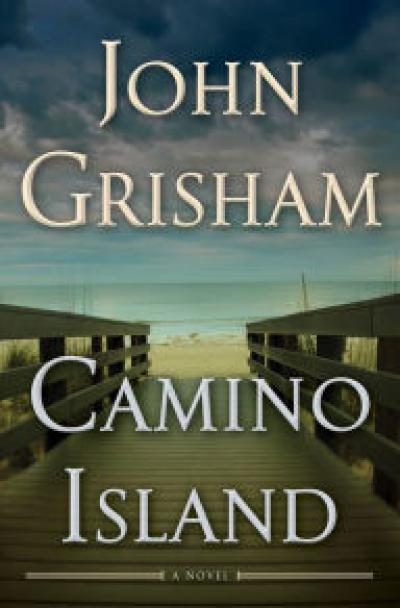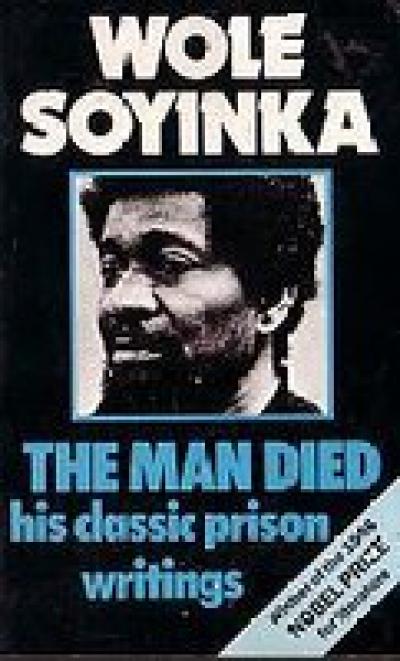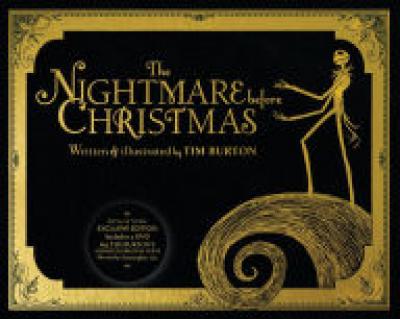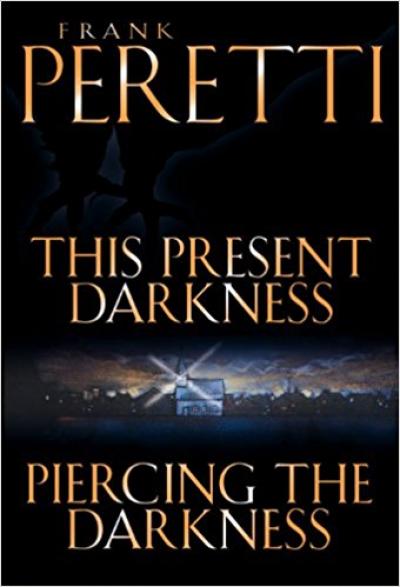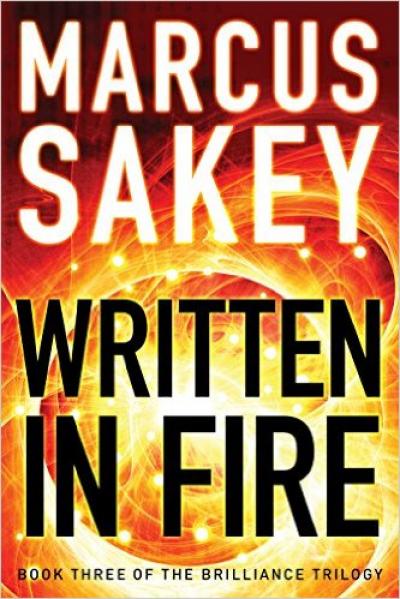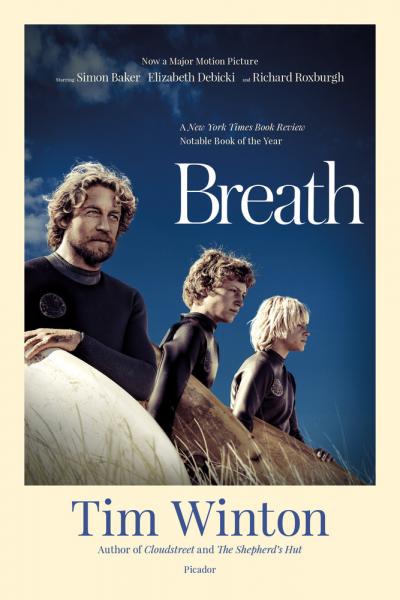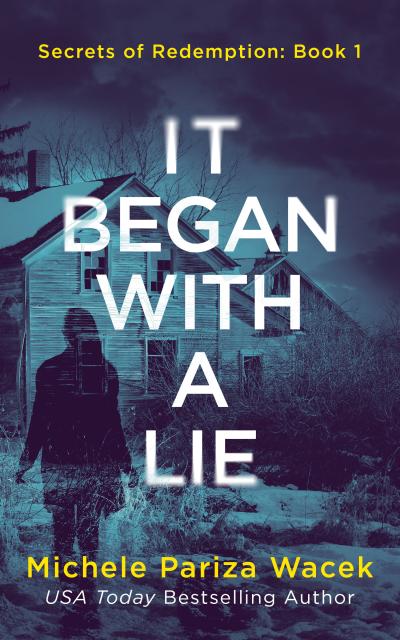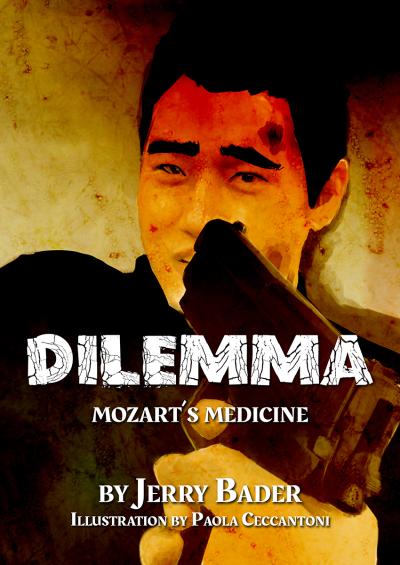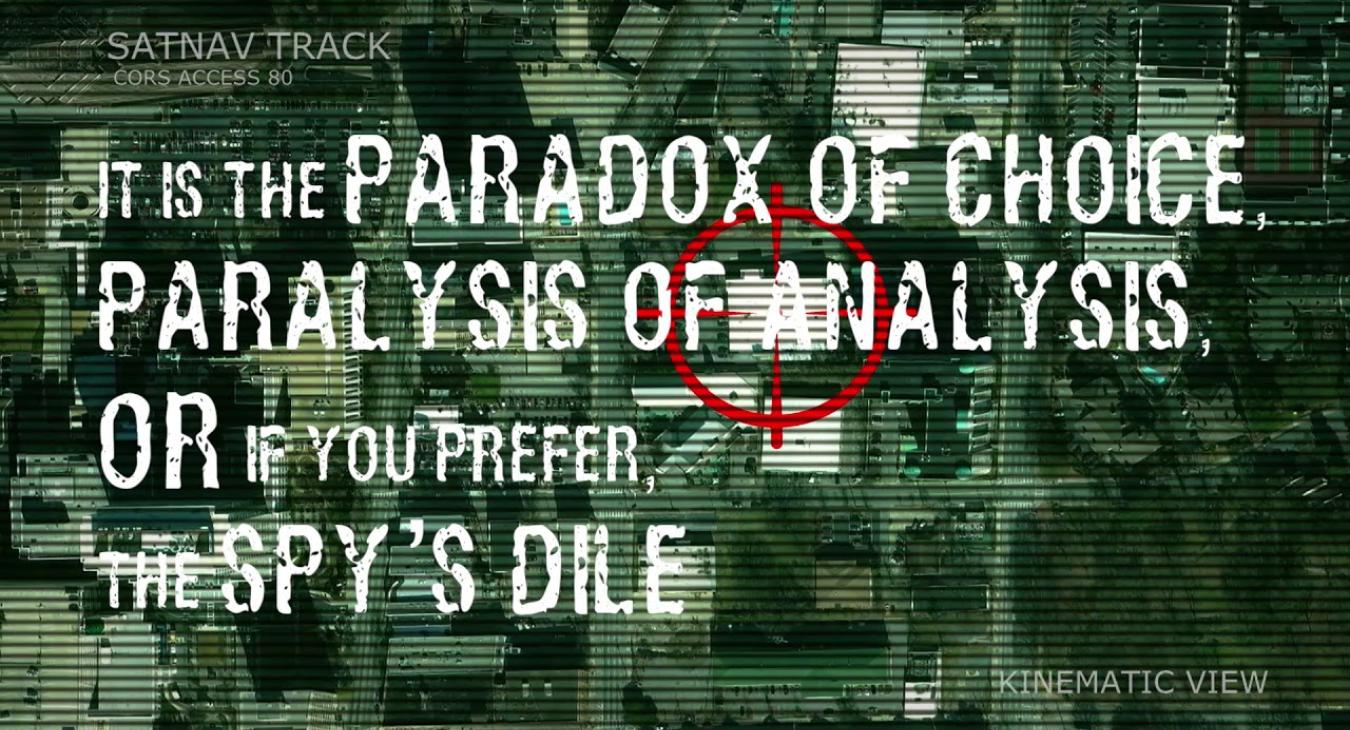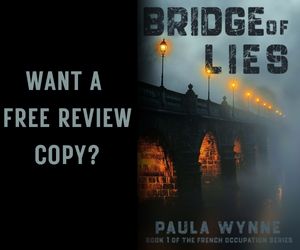Dilemma
A poisoned accountant, a Chinese painter with an infamous Italian name, the People’s Minister of Science and Technology, his brother the Director of the Enterprise Division of the Ministry of State Security, and Harry, the art dealer who moonlights as a Secret Intelligence Service agent are the players in the search for why D. D. Greyson was poisoned by a seventeenth-century Italian cosmetic favoured by disillusioned wives.
The business of intelligence is often referred to as information gathering. A simple proposition: gather enough data so the politicians can make informed, rational decisions on things like national security, or on whether or not one of the several competing forces in the world is about to go all ballistic on your ass. But the problem is not too little information, but too much. There are cameras everywhere and facial recognition software that allows agencies to track anyone’s movement day and night. The various intelligence services have so much information at their disposal, it becomes difficult to decide what is relevant, actionable, or even real. It is the paradox of choice, paralysis of analysis, or if you prefer, the spy’s dilemma. No one knows what is real, what is noise, or what is purposeful misdirection.
And so our hero, Harry, becomes a player, not because he is particularly brave or expert in the art of manipulation or even killing, but rather because he has an imagination. He is a man who can conjure reality out of abstraction and that particular skill can be a very important asset when it comes to playing three-player Chinese checkers with competing Beijing interests.
The worlds of art and national security collide on the streets of London leaving a trail of burned paintings, payoffs, dead bodies, and deadly microchips.


